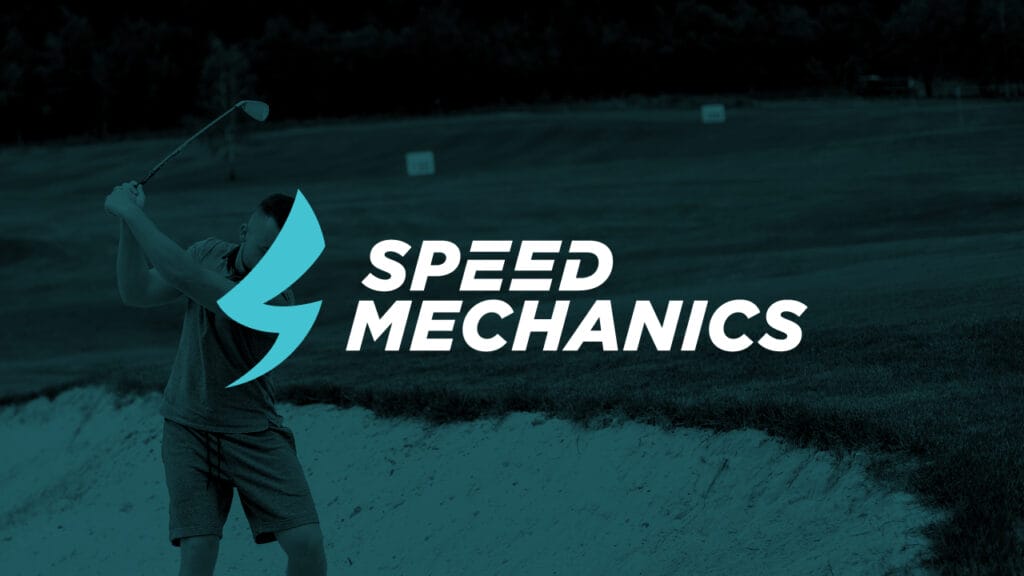Golf is often represented as a mental and skill-oriented sport. Yes, the mental aspect is critical, however, the physical demands of the sport are also very high. The new age of elite golfers does not look like the golfers of old. They are muscular specimens who largely attribute their success to their training regimen. Just look at Bryce Dechambeau, Dustin Johnson, and John Rahm. It’s no wonder they destroy golf balls. They are STRONG humans. Golfers tax their bodies by producing violent rotation using their entire bodies. So, gaining athletic strength is key to producing a successful and robust golfer.
The advantages of strength training for performance in golf
Strength correlates greatly with power. An advantage of getting strong is the ability to produce more force through the ball. Stronger athletes will have an increased clubhead speed, exit velocity of the ball off the club, and distance driven. It’s often thought that the golfer’s weak link is mobility or stability. However, those limitations are more often muscle weakness or lack of control in the ranges of motion accessible to them.
Research has shown that loading specific exercises or ranges of motion can significantly improve mobility, stability, and function. Exercises like the back and front squat, trap-bar deadlifts, and Romanian deadlifts are all great ways to produce increased force while increasing range of motion and stability. Barbell work for the upper body is also necessary for creating a well-rounded, strong, and powerful athlete. The false belief that golfers shouldn’t be doing heavy bench press or overhead pressing exercises because of the risk of injury has no basis in reality.
The goal with training is to create strength and control across full ranges of motion within each joint. Like any athlete, golfers need to be strong in positions relative to their sport. That strength is built through repeated practice. Resiliency is built through general strength and strength in opposing directions. Great golfers need adequate mobility in the upper back in order to rotate and transmit force through the swing effectively, as well as a strong back to limit unwanted movement following contact. Great golfers move with efficient hip extension while golfers who struggle to extend their hips either have poor mechanics or they are compensating for a lack of strength or control through the whole range of motion.
How strength training can help with injury prevention
There is an inherent risk of swinging a club because of the velocity and torque created through the hips, trunk, and upper body, and when this is combined with the volume of swings taken at the range and on the course, the risk of injury is increased. The high volume of swings will create vulnerable spots that are more susceptible to acute or chronic injuries. What often happens or is overlooked (this is not unique to golf either), is the volume isn’t considered when examining the risk of injury or progressive training. This is a key component to develop across a season to ensure the golfer’s body is able to withstand the forces and repetitiveness of the sport. This will build specific strength and increased strength capacity relative to the sport. The weight room will develop general strength that can translate into swing power, while also focusing on developing strength in problem areas that are susceptible to injury.
We can break down the swing into concentric and eccentric components where the primary concentric action is from the top of the backswing through to the ball.
There are two main eccentric actions within the golf swing. The first is on the backswing as the club is decelerated to zero before the concentric action, and then again on the follow-through when the club is decelerating after contact. The strength and power developed through your primary lifts are what we are looking to transfer into the concentric action of the swing. The eccentric portions of the swing are very taxing on the body. Similar to a pitcher after the ball is released, there is heavy stress put on the braking muscles of the shoulder.
In golf, the braking muscles will primarily be in the trunk. If eccentric strength is lacking, or the ability to slow the clubhead down following contact, there is an elevated risk of injury because the body does not have the ability to control the club speed from start to finish. This is why we need a strong trunk (back and traditional “core”). Think of the eccentric muscle action as brakes on a car. The trunk muscles are the brakes. Strategically attacking the concentric and eccentric aspects of movement in the gym is important when considering reducing the chances of injury and keeping the athlete on the course.
Why a well-conditioned golfer is better off
Golf is a long-duration, low-intensity sport that is interspersed with extremely short bursts of high-intensity or high-pressure situations. Athletes must remain hydrated, maintain a steady heart rate, and keep a steady mind throughout the day. An athlete with low levels of strength and a low work capacity is likely to make mistakes earlier in the rounds. A well-conditioned athlete will be sharper, maintain clubhead speed late into the rounds, and ultimately be in a better position to succeed.

